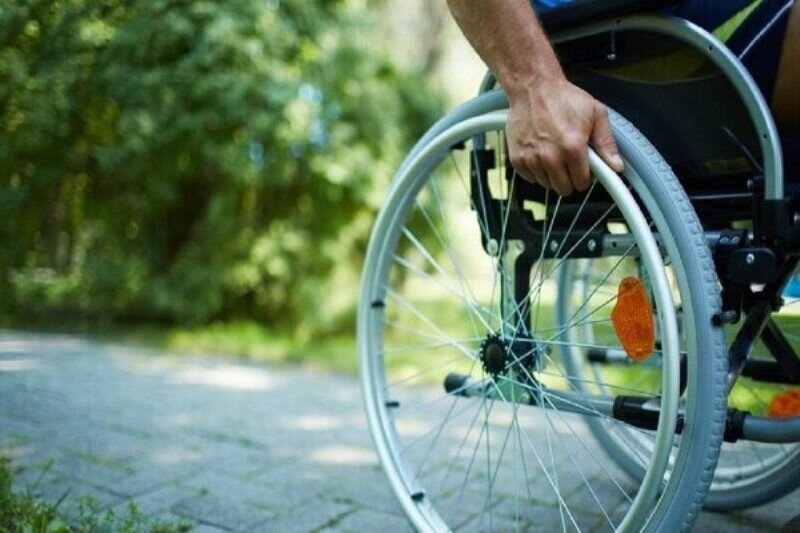Community-based rehabilitation covers 95% of rural population

TEHRAN – Some 95 percent of the country’s rural population with about 450 thousand people with disabilities are covered by a community-based rehabilitation program.
The CBR program started in 1994, aiming to reduce poverty, IRNA quoted Fatemeh Abbasi, an official with the State Welfare Organization, as saying.
This program is carried out through the joint efforts of people with disabilities, their families, organizations and communities, and other governmental and non-governmental entities, especially in the fields of health, education, livelihood, and social affairs, she explained.
Currently, the activities of the community-based rehabilitation program are mainly focused on the access of people with disabilities to services in the fields of health, education, social empowerment, and rehabilitation, the official added.
She went on to say that these measures are carried out in cooperation with the ministry of interior, the ministry of health, the ministry of health, the ministry of sport, and non-governmental organizations, as well as the participation of community members through voluntary work or the formation of village or neighborhood CBR councils.
“For the time being, 1751 non-governmental institutions and 9176 community-based rehabilitation councils are cooperating with us in the implementation of this program.”
CBR development strategy
CBR is a community development strategy that aims to enhance the quality of life for people with disabilities and their families and ensure their inclusion and participation in the community.
CBR was initially launched by the World Health Organization as a strategy to increase access to rehabilitation services at the community level for people with disabilities, but it has evolved into a much broader and multisectoral approach to community-based inclusive development.
It aims to achieve rehabilitation, equalization of opportunities and social inclusion by involving people with disabilities in community development processes. It presents an opportunity to operationalize the United Nations Convention on the Rights of Persons with Disabilities (CRPD).
CBR is implemented through the combined efforts of people with disabilities, their families, disabled people’s organizations (DPOs), other community stakeholders including nongovernmental organizations (NGOs), and relevant governmental bodies, particularly those responsible for health, education, vocational, and social services.
The program uses a grass-roots approach to guide development priorities, mobilizes local capacity and resources, uses community strengths and structures, and often fills community service gaps.
Rural development
Villagers and nomads play a vital role in the political, economic, and social developments of Iran. So, October 7 was declared in 2013 as the National Day of Village and Nomads.
Despite their low population, they have a great contribution to all-out national development.
Although oil, industry, and service sectors hold a significant share of the national economy, the rural and nomadic economy is considered an inexhaustible source for the nation, compared to exhaustible natural resources.
Living far from pollution and current problems of cities and being less dependent on oil resources, they play a critical role in sustainable development.
Villagers and nomads take the lead in providing food, food security, and healthy food production.
They have a major role in the tourism and handicraft industry and they are sources of many cultures and traditions in the country playing an important role in ensuring the country's security, especially in borders and remote areas.
Some 25 percent of the country's population lives in villages, producing around 70 percent of food for the domestic market.
Currently, more than 90 percent of agricultural and food products are produced in villages. Some 25 percent of the country's meat products and 35 percent of handicrafts, as well as a major part of organic dairy products, including vegetable oil, milk, curd, and other materials, are produced by nomads.
